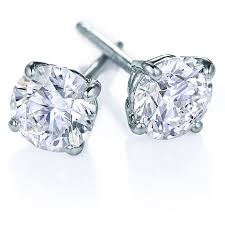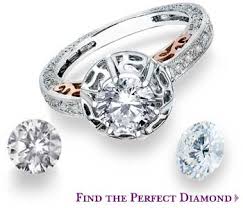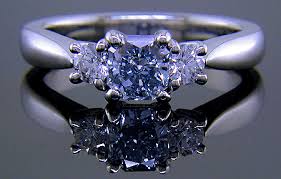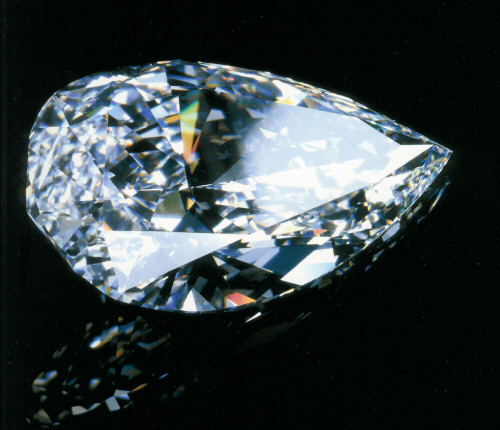
Silver Bullion Coins are available in various versions and sizes allover the world. Coins made from precious metals are commonly known as Bullion Coins. Silver Bullion Coins were the only medium of transaction in early ages. The existence of Silver Bullion Coins can be traced back to the time of the Greeks when silver ‘drachmas’ were used as trade coins. Most of the early age silver coins have now turned into collectable items.
Silver Bullion Coins are mainly stored for their value as investments. Silver Bullion Coins are available in two forms, silver “rounds” and silver “bars”. These terms are used for referring to coins that are minted privately. The set weight of these coins is of 31.105 g of pure silver (1 troy ounce of silver).
United States of America in 1986 started issuing the Eagle Silver Bullion Coins following their gold eagle bullion coin. Canada introduced their 1 ounce Silver Maple Leaf Bullion Coins in 1988.
Currently there are several countries all over the world that issue Silver Bullion Coins every year. Some of these countries have their own silver mines and others import the metals. All these mints provide separate designs and forms for each series of Silver Bullion Coins. The Australian Kookaburra series of Silver Bullion Coins feature a native bird known as ‘kookaburra’. The designs of these coins are changed every year to make them more attractive.
Britannia Silver Bullion Coins of Great Britain were introduced in 1997. These coins are produced in silver which has 958 parts / 1000 silver and include 1 ounce of pure silver and a little amount of copper.
There are numerous Silver Bullion Coins available in the whole world such as American Eagles, Chinese Pandas, Somali Monkeys, Zambian Elephant, and Mexican 1 Onza Plata Pura etc.













